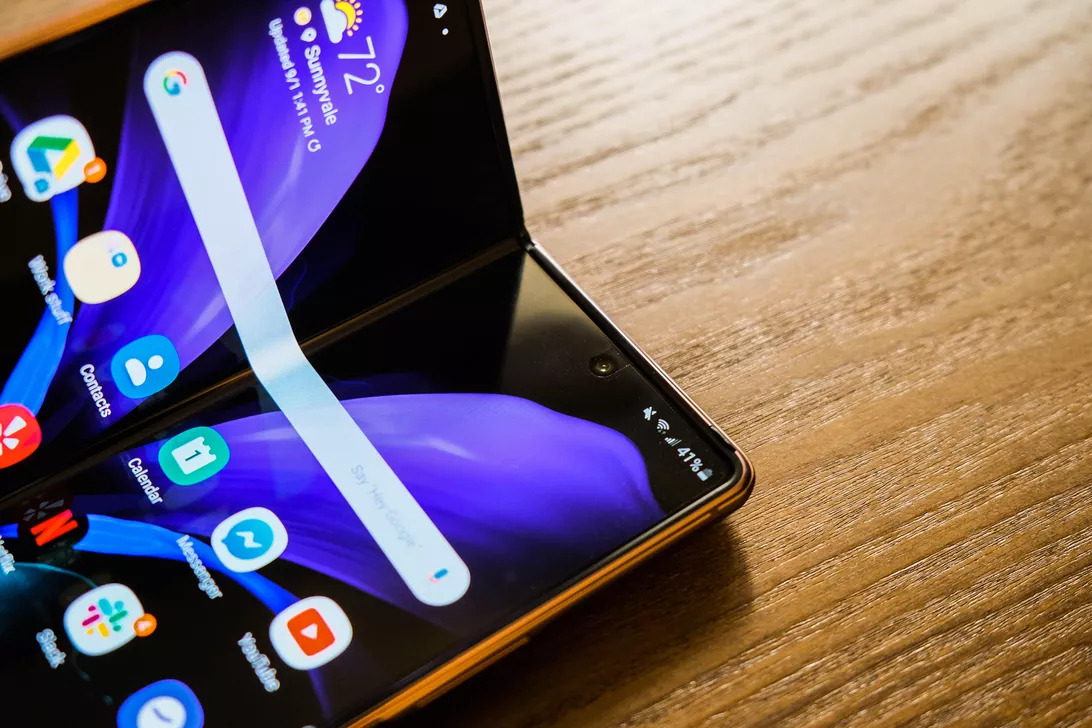Launch date is a moving target
Early rumors pointed to 2021 as a potential target date, but a recent report from long-time Apple analyst Ming Chi Kuo (via MacRumors) suggests 2023 might be more realistic, if it ever happens. According to Kuo, Apple still needs to figure out technology and mass production issues before bringing a device like this to market, hence the two-year wait.
This is a far cry from Samsung’s first-to-market approach, the Korean company having already launched three foldable devices within the last two years: the Galaxy Fold, Z Fold 2 and Galaxy Z Flip. Other manufacturers like Microsoft, Motorola and Huawei have also thrown their hats in the ring with their own foldable devices.
What will the foldable iPhone look like?
The 2023 timeline would match up with a report from Bloomberg earlier this year that indicated Apple already has a working prototype of a foldable iPhone display. While it’s not yet a working model, it’s a step up from a patent which, until now, was all we had.
Apple seems to have taken out every patent under the sun when it comes to foldable displays, including an origami-style folding display, a flip-up display and even a wrap-around display. And while we don’t know which one will make the final cut, both Kuo and Bloomberg seem to agree that the current prototype is more of a traditional fold-out design that would open up to a 7.5- or 8-inch main display. Unlike Microsoft’s Surface Duo, which has the hinges on the exterior, Apple’s would have one continuous display with a hidden hinge mechanism like the Galaxy Fold.
What still stands in the way?
While Samsung and others have been testing the waters, Apple has been learning from the pain points of their foldable devices and figuring out whether there’s a real use case for it.
One of these pain points: the crease. A lot of the current cover materials, including the glass and plastic mix that Samsung uses for the Z Fold and Z Flip, show a visible crease when folded out to full screen. To avoid it, Apple would likely have to wait for Corning, Apple’s glass provider, to create some kind of bendable version of its Ceramic Shield screen. The company is already working on a bendable glass, but hasn’t announced a launch date for it.
The fold doesn’t come cheap
Price is another major problem for these types of devices. At $2,000 the Fold 2 is over twice the price of Samsung’s other flagship phones and a foldable iPhone wouldn’t be any cheaper. Apple’s foldable needs to be in line with current foldable and nonfoldable models to be able to compete against other brands and entice iPhone users to ditch their single-screen devices and pay more for a foldable.






